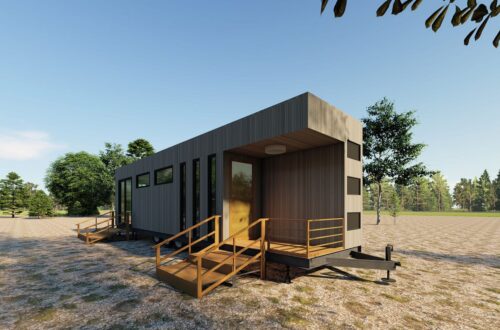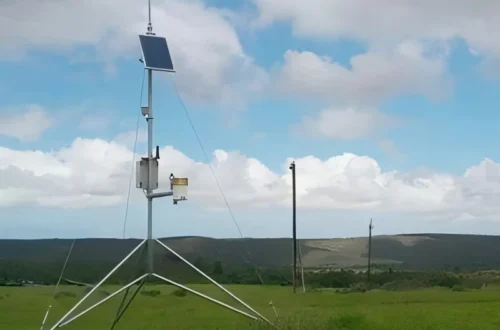The Ultimate Guide to Baby Diaper Machine: How It Works and Benefits
The Ultimate Guide to Baby Diaper Machine: How It Works and Benefits
In today’s fast-paced world, the demand for high-quality baby care products continues to grow. Central to meeting this demand is the Baby Diaper Machine, a sophisticated piece of equipment designed for efficient, large-scale production. This guide explores how these machines operate and their numerous advantages for manufacturers and consumers alike.
Core Components and Operation
A baby diaper machine integrates multiple subsystems to transform raw materials into finished products. Key stages include:
Material Unwinding and Forming: Nonwoven fabric, absorbent pulp, and backsheet films are fed into the machine. Precision sensors ensure alignment and consistent layering.
Absorbent Core Integration: Super-absorbent polymers (SAP) are mixed with fluff pulp to create the core, which is then shaped and sealed to prevent leakage.
Elastic Attachment and Sealing: Leg cuffs and waistbands are equipped with elastics for a snug fit. Ultrasonic or heat sealing technologies bond layers securely.
Cutting and Packaging: Diapers are cut to size, folded, and automatically packaged for distribution. Advanced models include quality control checks to detect defects.
Benefits of Automated Diaper Production
Investing in a modern diaper machine offers significant benefits:
Enhanced Efficiency and Output: Automated systems produce thousands of diapers per hour, reducing labor costs and minimizing human error.
Superior Product Quality: Consistent manufacturing processes ensure each diaper meets safety and comfort standards, with optimal absorbency and fit.
Cost-Effectiveness: High-speed production lowers per-unit costs, enabling competitive pricing and better profit margins.
Eco-Friendly Innovations: Many machines support sustainable materials, such as biodegradable fibers, aligning with green manufacturing trends.
Frequently Asked Questions
What materials are used in diaper manufacturing?
Common materials include nonwoven fabric, super-absorbent polymers, polyethylene backsheets, and elastic bands. These are chosen for softness, durability, and absorbency.
How do I maintain a baby diaper machine?
Regular cleaning, lubrication, and part inspections are essential. Follow the manufacturer’s guidelines and schedule professional servicing to avoid downtime.
Can the machine produce different diaper sizes?
Yes, most advanced machines allow quick adjustments for various sizes (e.g., newborn to toddler) through programmable settings.
Take the Next Step in Diaper Manufacturing
Ready to boost your production capabilities? Explore cutting-edge Baby Diaper Machine solutions tailored to your needs. Contact us today for a customized quote and expert support!


